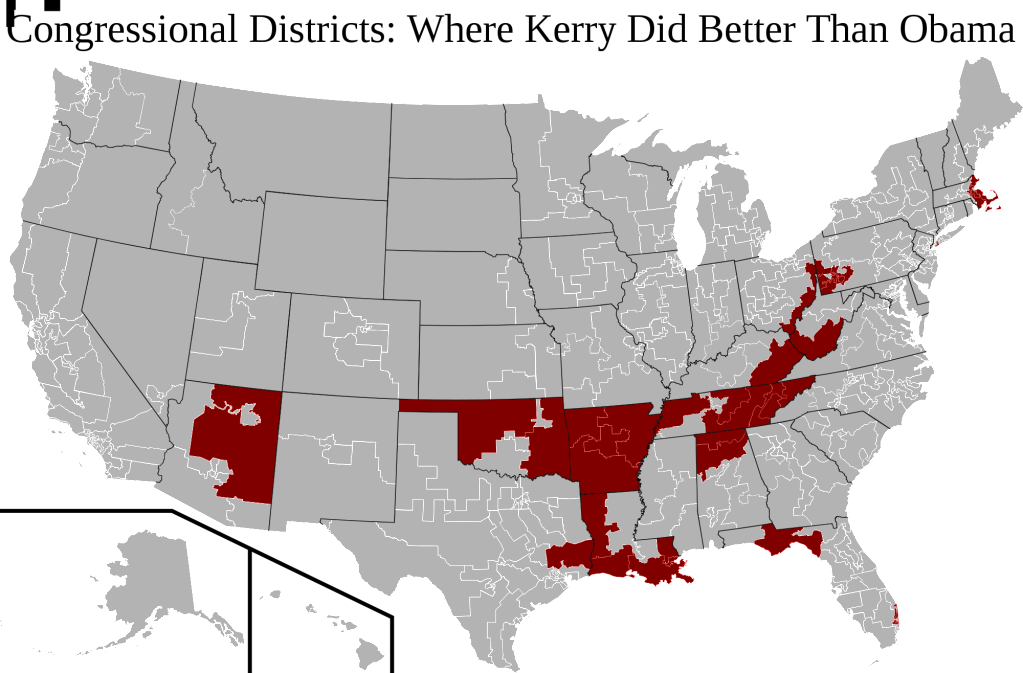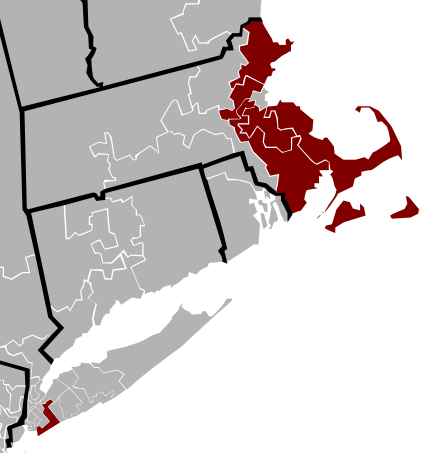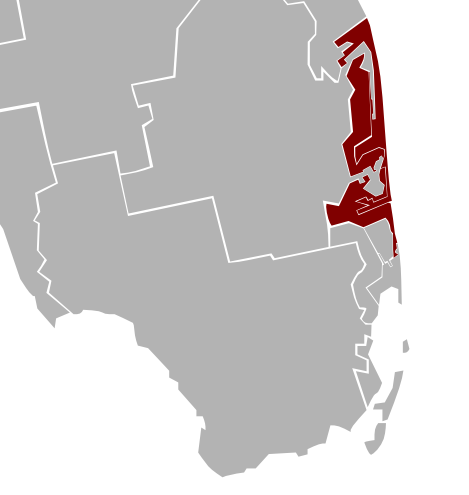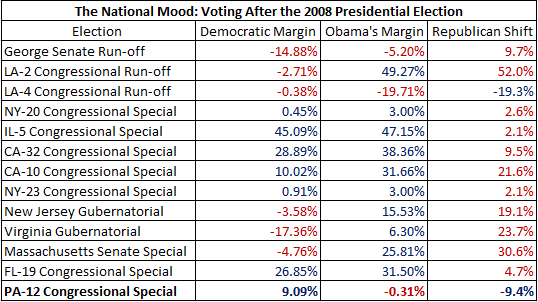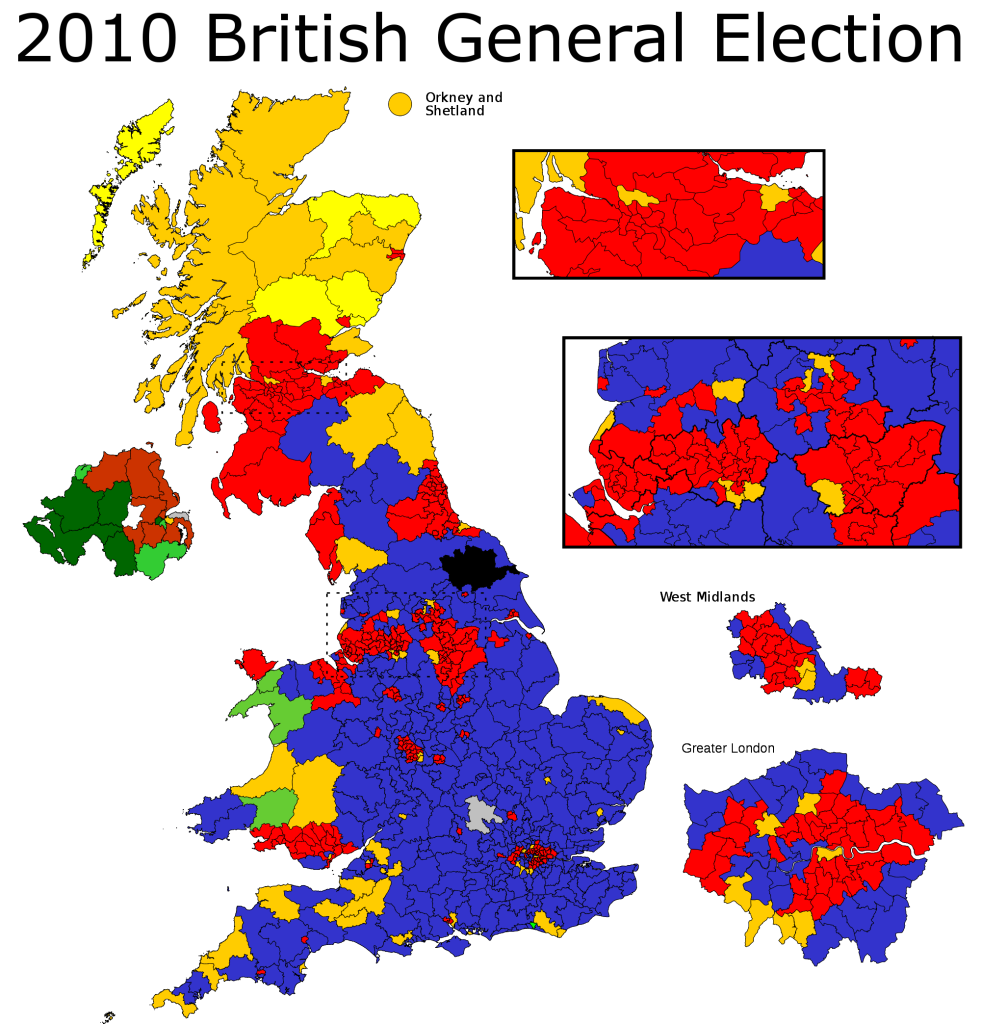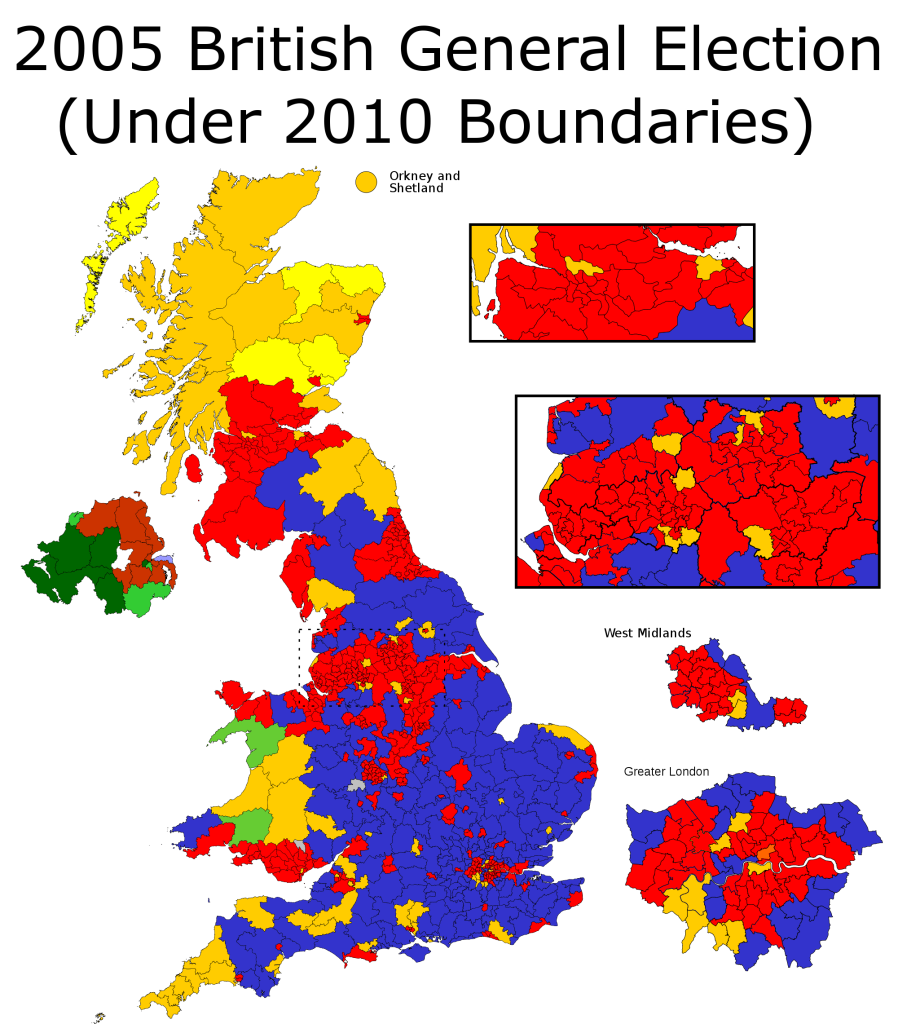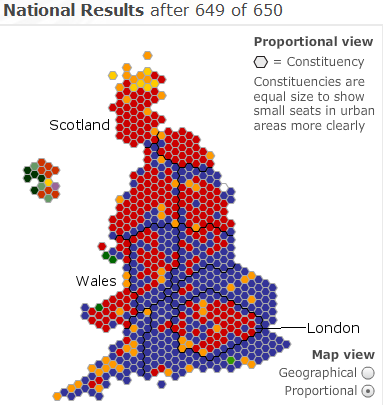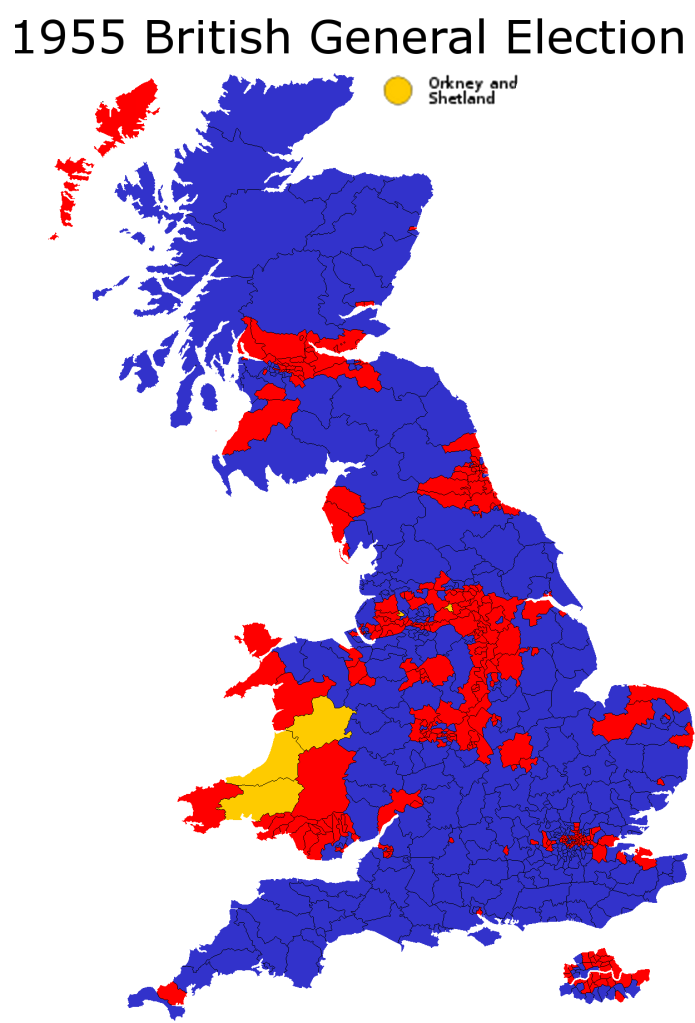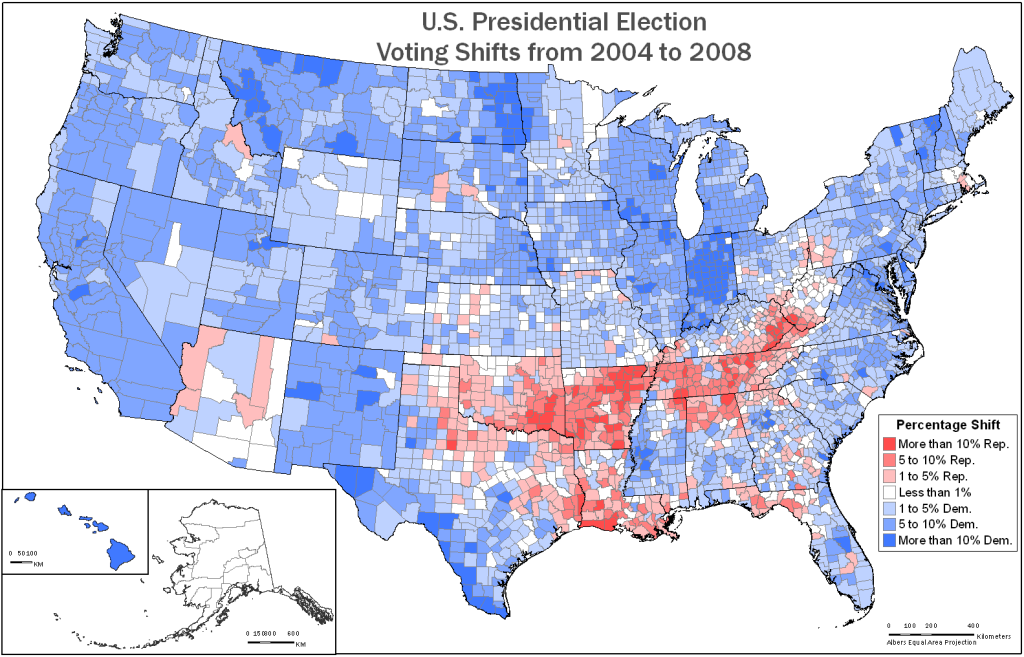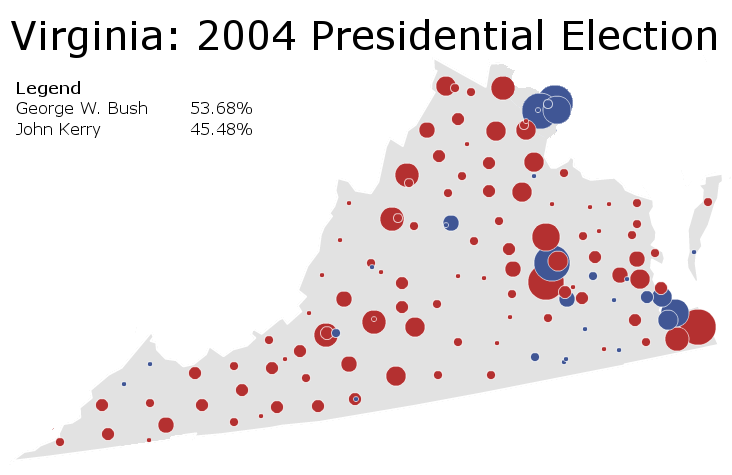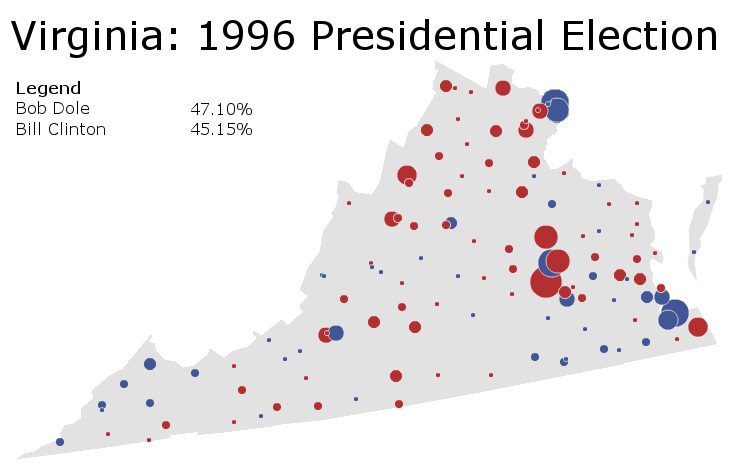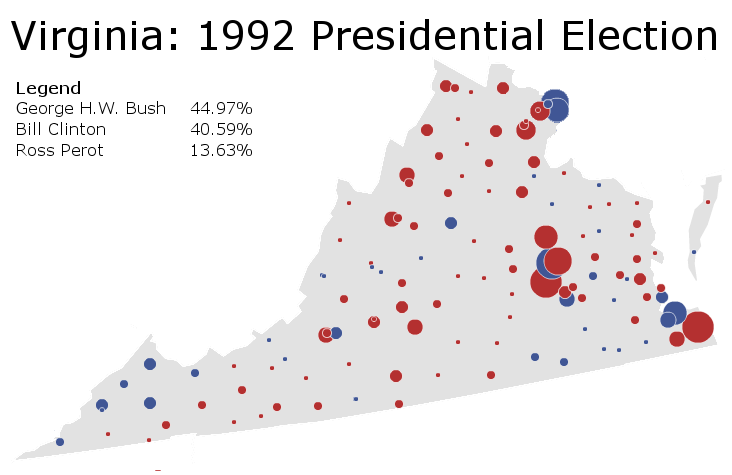(Note: This is a two-part diary on analysis of Orange County, i am writing up analysis of the effect of Prop 8 tomorrow. I apologize if it seems too long, but this is from a perspective of an OC resident. Comments and criticisms are welcomed.)
In 2008, Barack Obama accomplished something no other Democrat statewide could do: Keep Orange County within single digits (47-50%). While everyone knew he would win California (maybe not by the double-digit margin he did it by), no one including many OC Democrats here would imagine him being on the cusp of a symbolic victory: Winning in territory the media calls “America’s most conservative county”, the home of Richard Nixon and the center of Conservatism in California.
Well, how did he do it? Well, much like the so-called “Obama Wave” swamped the entire country, it also hit ground here in Orange County, taking the top three populated cities (Santa Ana, Anaheim and Irvine) and making large inroads in normally-conservative areas. President Obama wasn’t the only major change to Orange County politics, the controversional ballot measure known as Proposition 8 also broke-down boundaries, and you wouldn’t believe which cities voted for (or narrowly against) and against it, but first let’s take a look at each cities performance for the 2008 Presidential election (08′ only):
| City | PVI | % ’08 | Notes |
|---|---|---|---|
| (Orange County) | R+4 | 47/50 | Whole county. |
| Aliso Viejo | D+1 | 53/45 | Incorporated after 2000 Census |
| Anaheim | R+1 | 51/47 | Minority-majority; Second-largest city |
| Brea | R+10 | 42/56 | |
| Buena Park | D+1 | 53/44 | Large Asian and Latino populations. |
| Costa Mesa | EVEN | 52/46 | |
| Cypress | R+5 | 47/51 | |
| Dana Point | R+5 | 47/51 | |
| Fountain Valley | R+9 | 43/55 | |
| Fullerton | R+3 | 48.6/49.8 | College town; Minority-majority |
| Garden Grove | R+5 | 48/51 | Minority-majority; Large Vietnamese population |
| Huntington Beach | R+6 | 46/52 | Libertarian-leaning |
| Irvine | D+5 | 57/41 | College town |
| La Habra | R+3 | 49/48.6 | Minority-majority |
| La Palma | R+3 | 48.4/49 | |
| Laguna Beach | D+11 | 63/35 | Well known for large LGBT community |
| Laguna Hills | R+7 | 45/53 | |
| Laguna Niguel | R+6 | 46/52 | |
| Laguna Woods | EVEN | 52/46 | Extremely high percentage of Senior citizens |
| Lake Forest | R+7 | 46/53 | Large evangelical presence; Added communities after 2000 census |
| Los Alamitos* | R+4 | 49/50 | |
| Mission Viejo | R+8 | 44/54 | |
| Newport Beach | R+12 | 40/58 | Libertarian-leaning |
| Orange | R+7 | 45/53 | |
| Placentia | R+9 | 43/55 | Large Hispanic population |
| Rancho Santa Margartia | R+9 | 43/55 | |
| San Clemente | R+10 | 42/56 | Home of Ronald Reagan |
| San Juan Capistrano | R+10 | 42/56 | |
| Santa Ana | D+14 | 66/32 | Largest city; Hispanic-majority; Most Democratic |
| Seal Beach | R+5 | 48/51 | |
| Stanton | D+2 | 54/44 | Minority-majority |
| Tustin | EVEN | 52/46 | |
| Villa Park | R+25 | 27/71 | Most Republican; Least populated city |
| Westminster | R+10 | 42/56 | Large Vietnamese population, home to Little Saigon |
| Yorba Linda | R+18 | 32/66 | Birthplace of Richard Nixon |
*Number 12 on the map, wasn’t added to the list.
If your one who prefers visuals (and tolerates crappy novice-style use of paint :P), then look below:

This result shows that Obama made a large impact on Hispanic voters (OC was very Pro-Clinton during the primaries, as well as Hispanics), winning the heavily hispanic cities of Santa Ana, Buena Park, Stanton and Anaheim. He also made inroads with more conservative areas in the south, losing Huntington Beach by only 6 points (46-52) while it has a majority GOP registration edge, and Lake Forest by a similar margin (46-53), known for its strong evangelical presence such as the Saddleback Church and its pastor Rick Warren. Obama also gained huge support amongst young voters, handily carring Irvine (home to UC Irvine), and narrowly (48.6-49.4) losing Fullerton (home to Cal State Fullerton). From here, we’re going through a city-by-city analysis of how it votes, demographics and whether its going to be competitive in the elections to come:
(Note: I will detail the important cities to look for below, so not all 34 cities will be listed below.)
Aliso Viejo:
Population: 46,123
Analysis: Nestled in the fast-growing area of South Orange County, Aliso Viejo (the youngest city as of 2001) is an example of a city that is trending Democratic. Not only did it vote for Obama by a comfortable 6 point margin, it was one of only 4 cities here in Orange County that voted AGAINST Proposition 8 (48.5-51.5) and the second-strongest showing against the measure, Laguna Beach being the strongest. It is the stereotypical “Country club” Republican city, fiscally conservative on most issues (Also voting against the state’s High speed rail initative, which passed) but fairly moderate-to-liberal on social issues, voting against Propositon 4 which sought to restrict contraceptives to minors unless a parent has consent. If any Democrat statewide seriously plans to turn Orange County blue, winning Aliso Viejo is a must.
Anaheim:
Population: 353,643
Analysis: The second largest city in the county and the main entertainment hub, home to Disneyland. Anaheim is a city that is easily classified by geography. Most of Anaheim is fairly urban and very Hispanic, mainly around the Downtown area. But to the East, lies a whole different kind of Anaheim: the community of Anaheim Hills. Already hearing the name, and you’re correct to guess that its a more wealthy, upscale area far different than its neighbor to the west. Home to mansions and a getaway for celebrities, Anaheim Hills is strongly GOP turf, fiscally and socially conservative but more so on the fiscal side. For someone to want to turn Orange County blue, they would need to keep their margins down in Anaheim Hills and fairly high in the rest of Anaheim.
Brea:
Population: 40,377
Analysis: This one is personal since this is where i live, but its also the most descriptive as well. Surrounded by large cities (Fullerton, Chino Hills and Diamond Bar), Brea is a sanctuary to escape from the bigger more urban cities in and around LA County. Politically, however Brea is strongly conservative, especially socially. There is a large and very influential Mormon presence here (There’s two LDS places of worship here alone!) along with large Catholic, and Baptist faiths. To the south is the even-more conservative city of Yorba Linda, who uses the city of Brea’s Police since they don’t have their own department. However there is a steadily growing Hispanic population, mainly from neighboring La Habra and cities near Brea in LA County, but like with Mormons they are socially-conservative as well, so its a double-edged sword. No Democrat will win here, but cracking 40% here is an accomplishment in its own.
Buena Park:
Population: 84,141
Analysis: It shares similarities with its neighbor Anaheim in that: Both have large Hispanic populations, and both are known for its amusement parks (Knott’s Berry Farm for Buena Park). Yet Buena Park is slightly more Democratic due to its large Asian population (most likely from nearby Cerritos in L.A County) and its higher turnout rates than Anaheim. Buena Park is a must win city, and getting around 55% would be enough for a squeaker county-wide.
Costa Mesa:
Population: 117,178
Analysis: Surrounded by larger cities, Costa Mesa is a popular city to live in due to its close proximity to Huntington/Newport Beach, and close to UC Irvine. But Costa Mesa has made the news for declaring itself a “Rule of Law” city, taking a hard line against illegal immigration. The person most responsible for bringing it up for a vote? The Mayor, Allan Mansoor, who is also running for the State Assembly (Gee, see how that all works out?) in 2010. Despite this, Costa Mesa is trending Democratic because of its large Latino population, along with people from nearby Irvine moving to Costa Mesa. Another must-win to turn the OC Blue.
Fullerton:
Population: 106,335
Analysis: Home to Cal State Fullerton (the largest in the state by enrollment), Fullerton is a fast-growing suburb of Los Angeles and an overall enjoyable city. Gaining a larger Latino population due to its close proximity to Whittier and South Los Angeles, makes Fullerton a swing city for elections to come.
Garden Grove:
Population: 174,715
Analysis: Garden Grove is home to a very large Vietnamese population, much like nearby Westminster is as well. In terms of voter registration, Republicans edge Democrats by around 3,000 voters but gave John McCain a solid 52%. The reason being because Garden Grove is very conservative on social issues, and viewed Obama as too liberal for them. Along with their generally anti-communist views, Garden Grove is also home to a small, but noticable Latino population, mainly from nearby Santa Ana.
Huntington Beach:
Population: About 200,000
Analysis: A well-known tourist destination for those looking for great surfing, Huntington Beach symbolizes a “Live free and Die” mentality, and its voting record is one to notice carefully. Voting for McCain 52-46% while subsequently voting against Prop 4 by 3 points and narrowly voting for Prop 8 by 2 points. If this trend continues, Huntington Beach will be poison for social conservatives.
Irvine:
Population: 212,184
Analysis: Irvine is a city that is rapidly turning Democratic, due to the extremely large influence the University of California, Irvine campus has on the city. In fact, all of the precincts in and around UC Irvine went around 80% for Obama. The city council has a Democratic majority, along with the Mayor, and has implemented many progressive policies. Democrats, Republicans and Decline to State voters all have around 30,000 voters each, meaning Irvine is a solid tossup for elections to come, but give it a Democratic edge due to its large youth voters.
Laguna Beach:
Population: 23,727
Analysis: Laguna Beach is the major LGBT scene in Orange County, and was one of the first cities to sponsor a resolution opposing Proposition 8, so its no surprise that Obama carried Laguna Beach by a landslide. Laguna Beach is the second most Democratic city in Orange County, and will likely overpower Santa Ana as #1 in the near future. Any Democratic candidate can easily win here.
Lake Forest:
Population: 78,720
Analysis: Home to the Saddleback Church and its pastor, Rick Warren, Lake Forest is situated within Southern Orange County and is close to the cities of Mission Viejo and Irvine. Despite its reputation as being home to major evangelical groups, Obama did surprisingly well, keeping his loss within single digits. Could he win here in 2012? It depends on a number of factors, but it can’t be ruled out.
Santa Ana:
Population: 355,662
Analysis: Santa Ana is ground zero for Democrats, its strongest (being the most populated city in the county) and safest city politically. Home to an extremely large (almost 80%) Hispanic population, Democrats routinely poll in the high 60’s and all of the currently elected officials (State Senate/Assembly/Congress) have Santa Ana as their major base.
